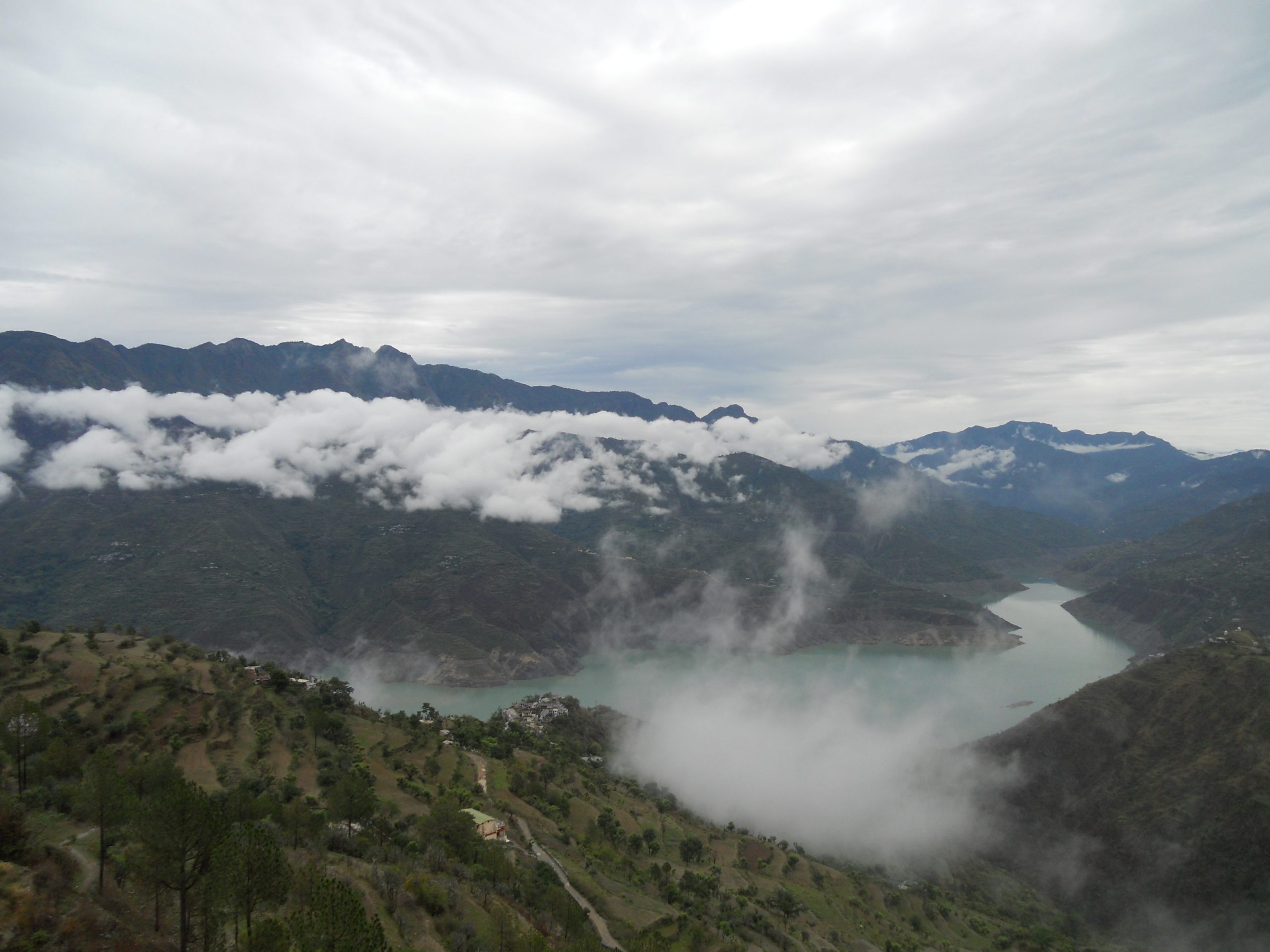Three weeks after India’s Supreme Court suspended clearances for new hydroelectric projects in the Himalayan state of Uttarakhand, there is no sign that the expert committee supposed to look into the matter has done anything, or that it has even been set up by the government.
Following the cloud burst, flash floods and landslides that killed an estimated 1,000 people in Uttarakhand this June and devastated the state’s infrastructure – including hydroelectric projects existing and under construction – India’s apex court said on August 13, “We direct the MoEF (Ministry of Environment and Forests) as well as State of Uttarakhand not to grant any further environmental clearance or forest clearance for any hydroelectric power project in the State of Uttarakhand, until further orders.”
The court asked MoEF to constitute a group of experts with representatives of the state government, Wildlife Institute of India, Central Electricity Authority, Central Water Commission and other expert bodies to prepare a detailed study on whether existing and under-construction hydroelectric projects have contributed to environmental degradation. The two-judge bench said the experts should quantify the extent of degradation and the extent to which it had contributed to the tragedy in June.
The judges also asked the State Disaster Management Authority for a report on “whether they had any disaster management plan in place in the state of Uttarakhand and how effective that plan was for combating the present unprecedented tragedy.” As yet, there is no sign of this report either.
There has been significant but non-quantified damage to existing and under-construction hydropower projects in the Uttarakhand flash floods this June. And the state has 24 more projects in the pipeline, according to official figures, though environmental activists put the number at 65.
The judges looked at a recent report by the Wildlife Institute of India. That report said these 24 projects would have a significant cumulative adverse impact on biodiversity in the Alaknanda and Bhagirathi river basins, the two rivers that join at the foothills of the Himalayas to form the Ganga. The court asked the environment ministry to study the report anew.
The judges criticised the Alternate Hydro Energy Centre (AHEC) of the Indian Institute of Technology, Roorkee. In a recent report, it had not found any significant adverse cumulative impact of the 24 projects. But the judges said, “Prima facie, we are of the view that the AHEC report has not made any in-depth study on the cumulative impact of all project components like construction of dam, tunnels, blasting, power-house, muck disposal, mining, deforestation etc. by the various projects in question and its consequences on Alaknanda as well as Bhagirathi river basins so also on Ganga.”
The Supreme Court order was welcomed by environmental activists. Himanshu Thakkar, coordinator of the South Asia Network for Dams, Rivers and People (SANDRP), said in a recent report, “Almost all hydropower projects of Uttarakhand involve deforestation. Deforestation directly increases the potential of erosion, landslides and floods since water now just runs off to the rivers, soil becomes exposed and without any binding that forests provided.” Thakkar’s report adds that blasting and tunnelling of hillsides are active agents in worsening the damage.
And then, during a flash flood, “When the flooded rivers carry this muck, boulders and other debris have much greater erosion capacity and also leave behind massive heaps of this muck in the flooded area. In Srinagar town about 100 houses are buried in 10-30 feet depth of muck. Such debris-laden rivers also create massive landslides along the banks.”
There is also a question mark over the management of hydroelectric projects. According to Thakkar, when the flash floods hit on the night between June 16 and 17, the gates of the dam for the 400-megawatt Vishnuprayag hydroelectric project on the Alaknanda river were not opened immediately. The result was a big accumulation of boulders behind the dam. Not being able to go down the river channel, the floodwaters coursed around it, bypassing the dam, and led to a flash flood downstream.
The Uttarakhand government has been pressing India’s central government to allow infrastructure projects to resume in the state, including the construction of hydroelectric plants. Given the Supreme Court’s interim order, that may not happen soon. Environmental activists are hoping the court will now go further and provide directions for a more sustainable form of development.
